While talk of megapixels and zooms lenses often gets thrown around when determining what makes a smartphone camera great, there is no disputing that one thing directly affects the quality of a smartphone photo — and that is the camera sensor itself.
It might surprise you to know that different smartphone brands actually make use of the same camera sensor.
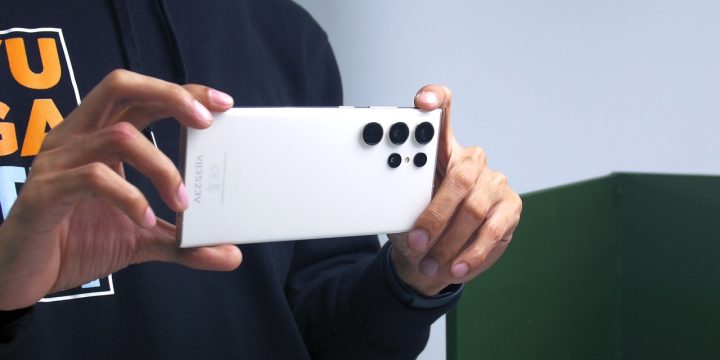
Companies and brands order their smartphone components, such as an image sensor, from a manufacturing company and put their own twist and take on such hardware through camera software, computational photography, and other aspects of a phone’s camera system to tune the camera to their tastes.
While companies have the freedom to choose which sensor to put in their phones, there are a few smartphone camera sensors that have stood out and have become the go-to option for brands.
In this article, we’ll look at some of these top smartphone camera sensors and find out which smartphones actually use them.
Table of Contents

One of, if not the best, smartphone camera sensor out today is Samsung’s ISOCELL Bright HP2 231 200-megapixel camera sensor. This is the image sensor that the newly-minted Samsung Galaxy S23 Ultra carries and we see why Samsung chose this one as the sensor for their top smartphone.
The HP2 packs 200 million 0.6-micrometer pixels in a 1/1.3-inch optical format, providing users with an incredibly sharp image at large resolutions.
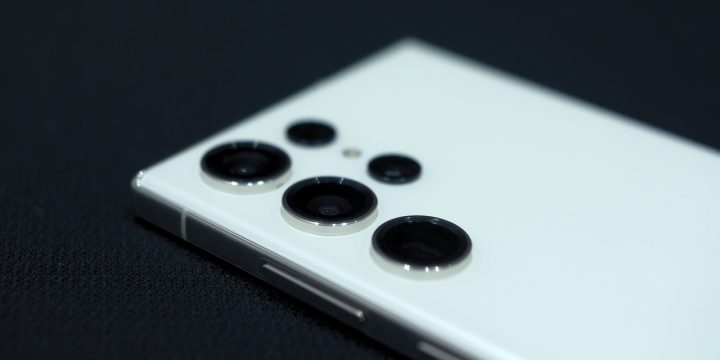
With the ISOCELL HP2, we were able to get super sharp images with a tasteful and subtle warm color tone that has the S23 Ultra seeming like the current smartphone camera king for the year.
![]()
We have another image sensor from Samsung, this time it’s the ISOCELL GN1 123 50-MP shooter. The reason this one’s on the list is because of the reported smartphones that use the 50-MP sensor.
Many experts are confident in saying that Google’s latest flagship phones, the Pixel 7 and Pixel 7 Pro, actually use the GN1 as their primary camera sensor. Known for its prowess and computational photography, the Pixel phones have always held onto software to produce amazing images. However, it should not be denied that software can only do so much into producing a good photo.
![]()
That’s where the ISOCELL GN1 comes in. The GN1, aside from offering 50 megapixels, has amazing autofocus capabilities that can keep up in any shooting environment. It also performs exceptionally well in low-light situations, which is probably why Google handpicked it to be the sensor for their banner devices last year.
According to kimovil 81, the other phones that use the GN1 are the Pixel 6 and 6 Pro, the vivo X Note and X Fold, the vivo iQOO 5 and 5 Pro, and the vivo X60 Pro+.

Last year we reported that Apple had confirmed 31 that iPhones actually used Sony camera sensors as their main camera shooter.
While Apple didn’t go as far as to provide which Sony image sensor it was exactly, it does go to show how high Apple regards Sony when it comes to providing quality cameras and image sensors.
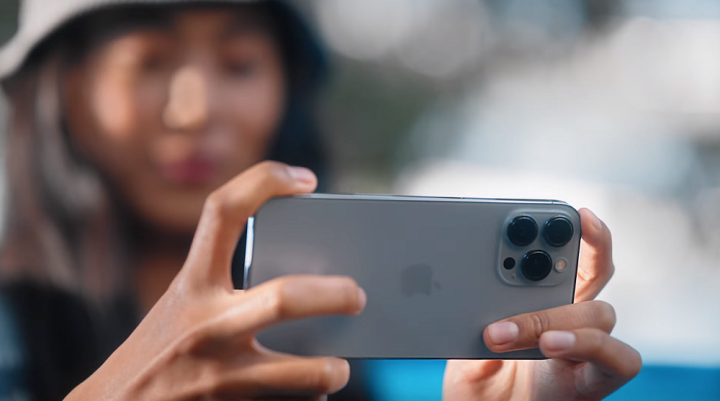
This is especially evident since many people buy iPhones for the camera quality specifically, making the decision on which camera sensor to using all the more important.
We’ve been partnering with Sony for over a decade to create the world’s leading camera sensors for iPhone. Thanks to Ken and everyone on the team for showing me around the cutting-edge facility in Kumamoto today. pic.twitter.com/462SEkUbhi
— Tim Cook (@tim_cook) December 13, 2022
Some sites have listed the Sony IMX703 as the probable sensor for Apple’s iPhones but we can’t know for sure. However, it is clear that Sony plays a big hand as one of the top smartphone camera manufacturers in the world.
Just as we were talking about Sony, they have appeared once again with the mighty IMX 989 camera sensor. What makes this camera so interesting is the fact that the IMX 989 features a 1-inch, 50MP sensor, which is much larger than most camera sensors found on any smartphone today.
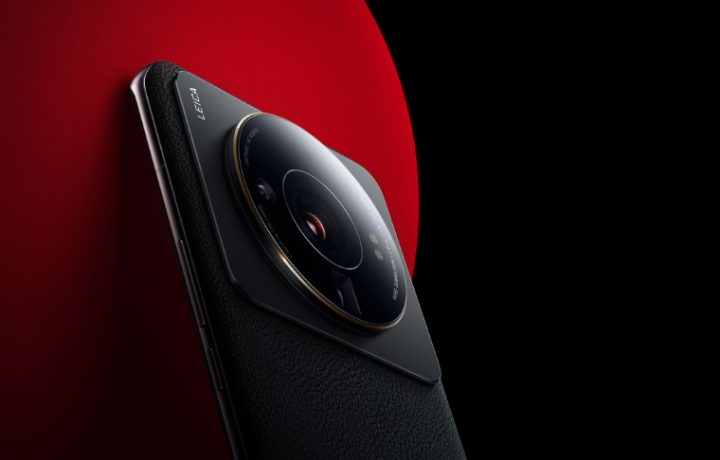
What makes the IMX989’s larger sensor so cool is that it can bring in more light than the usual smartphone camera given its larger size. The larger the sensor size, the more light a sensor can take in.
This allows a smartphone to take in more information such as dynamic range, detail, and light exposure — that overall contributes to a better-looking sensor.

That’s probably why big brands like Xiaomi and vivo have opted to put the IMX989 on their phones, as it provides their customers with a good camera experience just from the hardware alone.
Some smartphones that use the IMX989, aside from the Xiaomi 12S Ultra, are the vivo X90 Pro+, the Xiaomi 13 Pro, and the Sharp Aquos R6 (according to Deal N Tech 62).
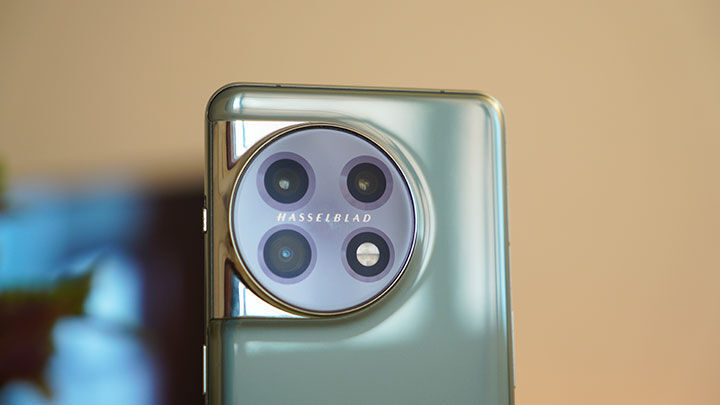
The Sony IMX890, like the ISOCELL HP2, is a more recent image sensor that just recently appeared on the all-new OnePlus 11 5G. 123 The IMX890 is a 50.3-megapixel sensor that’s slated as an upper mid-range sensor.
In our testing of the IMX890 with the OnePlus 11 5G, 96 the sensor produced pretty good results in sharpness, color tuning, and detail. However, you should note that the OnePlus 11 5G specifically comes with Hasselblad’s Natural Color Calibration, so images may vary on other devices.

For day-to-day shots, the IMX890 is a good mid-range camera sensor that will be more than sufficient for those who aren’t that too particular with getting the best image quality out there, making it a perfect option for “flagship killer-grade” or premium midrange devices.
Reports have suggested that the IMX890 will appear on more handsets this year such as the upcoming realme GT Neo 5 221 and the OPPO Find X6 Pro.
Last, but definitely not least is the Sony IMX766 camera sensor. The IMX766 may not produce the absolute best images on this list but it takes our last spot by virtue of the number of phones that carry it on their camera systems.

According to kimovil 141, around 226 smartphones use the Sony IMX766 sensor. Popular phones such as the realme 9Pro Plus, the Nothing Phone (1), the OnePlus 10T, and the Xiaomi 13 Lite, among others, all have the IMX766 in their arsenal.

By our analysis, the IMX766 has been a great pick for brands who want to give a smartphone a balanced shooter that can produce sharp images under good lighting and occasionally decent-to-good low-light photos.
It’s not going to win any smartphone camera sensor awards by any means but the IMX766 is a value-focused sensor that has garnered a good reputation among the mid-range smartphone segment.
There we have it, some of the top smartphone camera sensors out in the market today. Did we miss anything on our list? What do you think about brands using the same camera sensors?
Let us know in the comments down below!

YugaTech.com is the largest and longest-running technology site in the Philippines. Originally established in October 2002, the site was transformed into a full-fledged technology platform in 2005.
How to transfer, withdraw money from PayPal to GCash
Prices of Starlink satellite in the Philippines
Install Google GBox to Huawei smartphones
Pag-IBIG MP2 online application
How to check PhilHealth contributions online
How to find your SIM card serial number
Globe, PLDT, Converge, Sky: Unli fiber internet plans compared
10 biggest games in the Google Play Store
LTO periodic medical exam for 10-year licenses
Netflix codes to unlock hidden TV shows, movies
Apple, Asus, Cherry Mobile, Huawei, LG, Nokia, Oppo, Samsung, Sony, Vivo, Xiaomi, Lenovo, Infinix Mobile, Pocophone, Honor, iPhone, OnePlus, Tecno, Realme, HTC, Gionee, Kata, IQ00, Redmi, Razer, CloudFone, Motorola, Panasonic, TCL, Wiko
Best Android smartphones between PHP 20,000 - 25,000
Smartphones under PHP 10,000 in the Philippines
Smartphones under PHP 12K Philippines
Best smartphones for kids under PHP 7,000
Smartphones under PHP 15,000 in the Philippines
Best Android smartphones between PHP 15,000 - 20,000
Smartphones under PHP 20,000 in the Philippines
Most affordable 5G phones in the Philippines under PHP 20K
5G smartphones in the Philippines under PHP 16K
Smartphone pricelist Philippines 2024
Smartphone pricelist Philippines 2023
Smartphone pricelist Philippines 2022
Smartphone pricelist Philippines 2021
Smartphone pricelist Philippines 2020
ZK8TX says:
Good camera sensor with good software support.